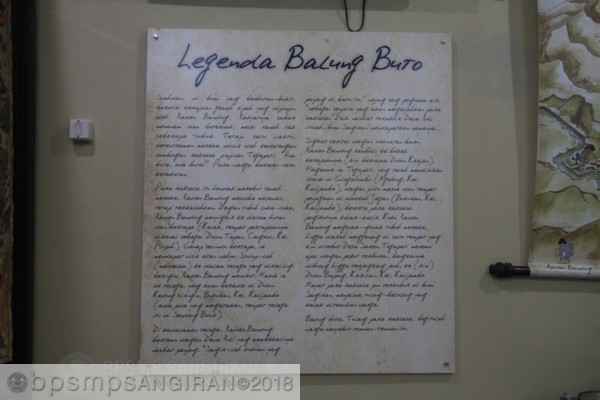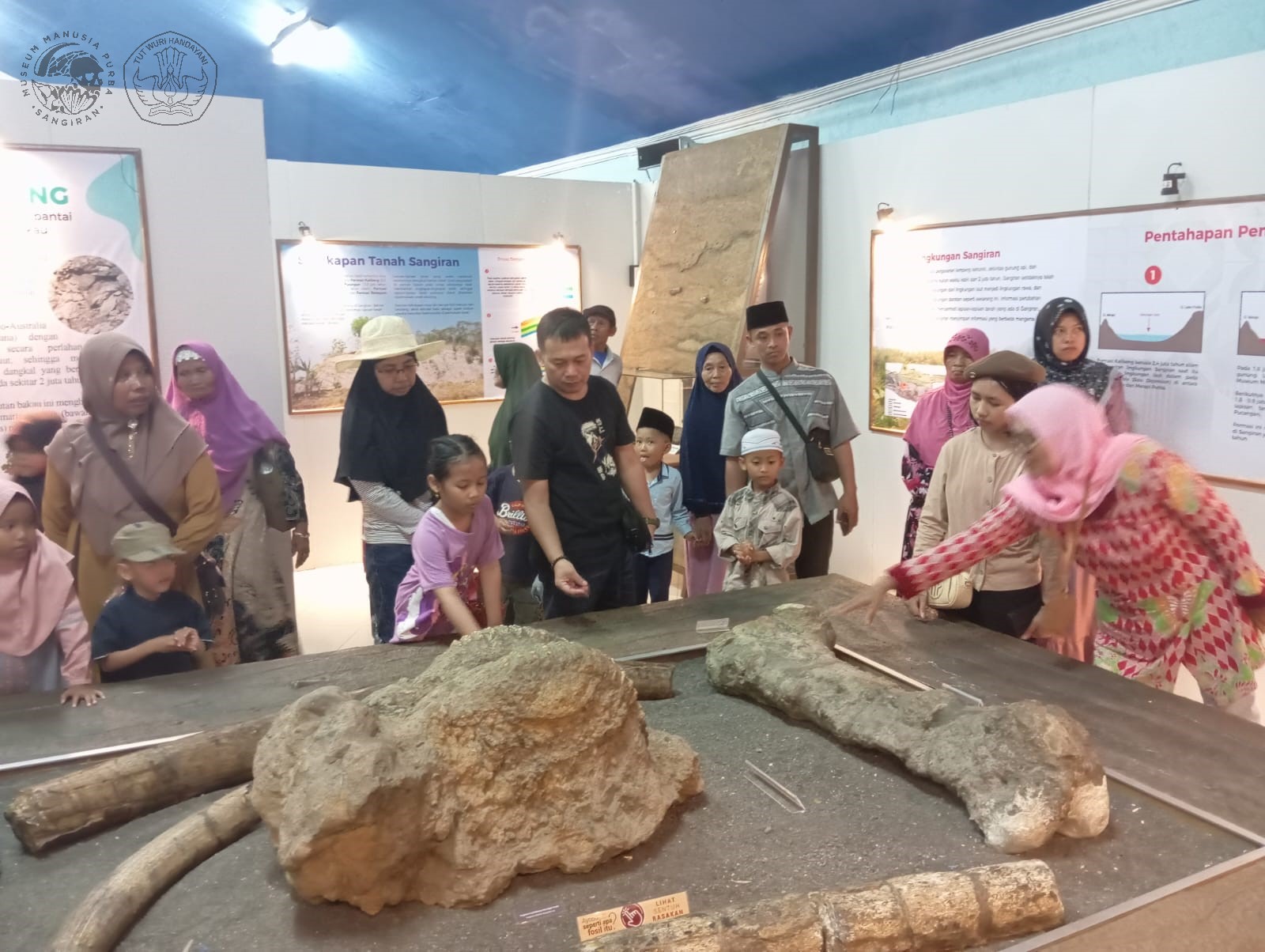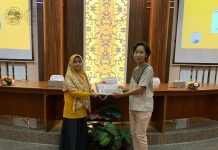Sangiran people only knew the term fossil around the 1930s, since the area was the arrival of foreign nation researchers. Before, they called it “Balung Buto” which means giant bone. The designation is in accordance with the fossil physical quantities of early animals that are often found by residents. Until now the name of the balung buto was still imprinted in the minds of the population, especially those who were of old age, because it has magical meaning as reflected in the myth that is now vaguely heard.
The myth of balung buto started by a community stories handed down from generation to generation. The story begins that in the hills of Sangiran there was a great war between the knights led by Raden Bandung with giant soldiers led by Raja Tegopati. In the war many fallen giants were buried on the hill. Therefore large fossils that have sprung up a lot on the hills of Sangiran are called “Balung Buto”.
Before the 1930s, residents of Sangiran believed “Balo Buto” had magical powers capable of curing various diseases (toothache, gout, boils or venomous animal bites). It did by rubbing as hard as a balung buto into a sick body. If the person has stomach ache, dizziness or nausea, the buto balloon can be soaked in a glass and drunk every morning. Balung buto are phenomenal, even especially for warak (rhino teeth), is believed to be a symbol of repellent. That is why in early times residents often hung rhino teeth on the door of the house as exorcists.
Even the balung buto is believed to be a talisman. This one magical belief made the balung buto often used by thieves and bandits, but to function as an immune fetish, people need the help of a mystical shaman. It was like a shaman who uses a “Balung Buto” as a facilitating medium for mothers who will give birth.
“Balung Buto” is also considered to be an exorcist who harm and disturb humans. Spirits do not show themselves to humans and possess an empty soul especially if they do not have faith in the almighty. (Sulistyanto: 2003)
If spirits disturb humans, this ” Balung Buto” is rubbed on the affected part while reciting mantras. Since Von Koenigswald’s arrival the public’s perception of the balung buto has begun to change. (Wiwit Hermanto) translated by: Mutiara Sholikah





